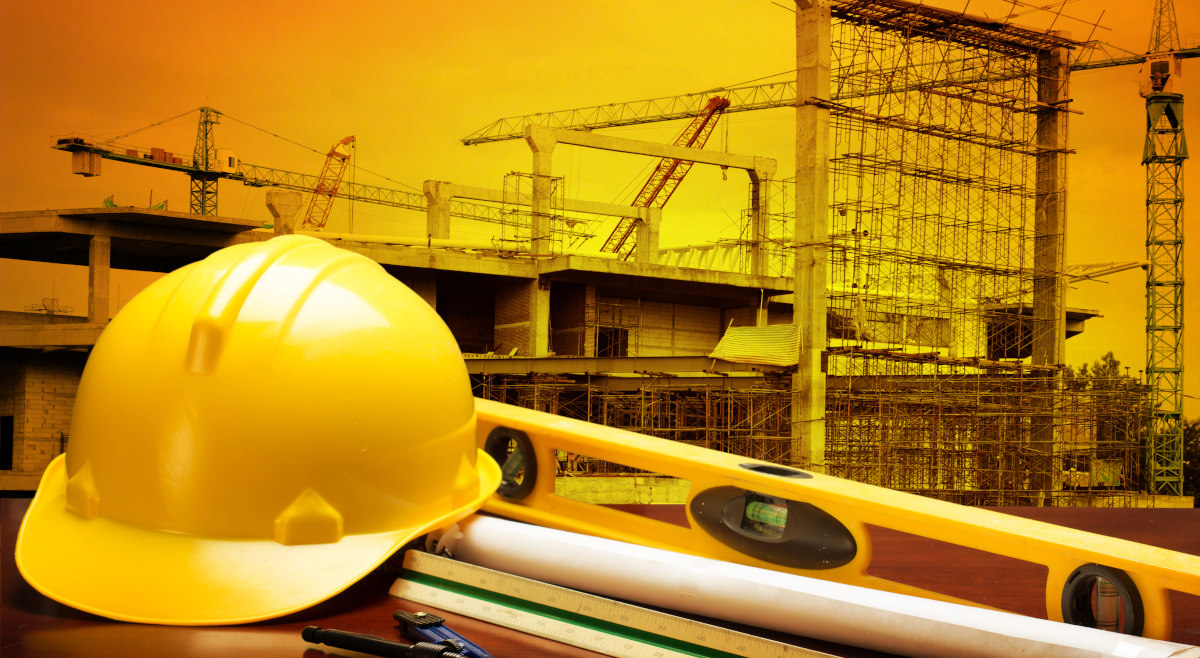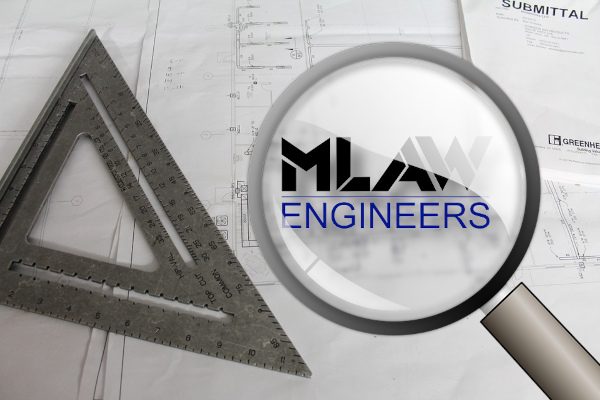Featured Article
Fill is a broad subject that is frequently a factor in residential foundation construction. Most often, fill is a legacy the builder inherits when he buys lots which have been filled by the developer.
Fill can generally be divided into three types:
- Engineered fill
- Forming fill
- Uncontrolled fill
Engineered fill is that which has been designed by an engineer for the purposes at hand and has been placed under engineering inspection, usually with density testing. Engineered fill may be of at least two types. One type is “embankment fill,” which is composed of the material randomly found on the site, or imported to no particular specification, other than that it be free of debris and trash. Embankment fill can be used for a number of situations if properly placed and compacted. “Select fill” is the second type of engineered fill. The term “select” simply means that the material meets some specification as to gradation and P.I., or possibly some other specification. Normally, it would be placed under controlled compaction with engineer inspection. An example of select fill could be crushed limestone, specified sand, or crusher fines which meet the gradation requirements. Select underslab fill is frequently used under shallow foundations for purposes of providing additional support and stiffness to the foundation, and replacing a thickness of expansive soil.
Forming fill is that which is typically used under residential foundation slabs and is variously known as sandy loam, river loam or fill dirt. Forming fill is normally not expected to be heavily compacted, and no wise designer will rely on this material for support. The only requirements that are important that this material be non-expansive, clean, and that it works easily and stands when cut. If forming fill happened to be properly compacted and inspected in accordance with an engineering specification it could be engineered fill.
The third type of fill is uncontrolled fill, which means whatever is found on the site that was not placed there by Mother Nature. Uncontrolled fill can be anything. It may even be satisfactory fill, but there is no way of proving it. I have seen all sorts of things in uncontrolled fill, such as boulders the size of small cars, bundles of brush, drums of unknown, possibly toxic, substances, etc. Clever developers will place a lot of junk in the bottom of lot fills and cover the upper 2 or 3 feet with topsoil and blade it smooth and plant grass and in several years it looks very nice, but the junk is still below. Some of the bad things that can happen with uncontrolled fill include settlement, sudden collapse, attraction of wood ants and termites, corrosion of metallic plumbing pipes, and in some rare cases, site contamination with toxic or hazardous wastes.
To establish soil supported foundations on fill, the typical grid beam, stiffened slab foundation is required to penetrate through uncontrolled fill with the perimeter and interior beams to form footings. Penetration will take the load supporting elements of the foundation below the unreliable fill. Penetration could be done by beams, spread footings or piers depending on the depth and the economics of the situation. Generally, piers are the only efficient way to go once the fill to be penetrated exceeds about 3 feet.
The other thing that is occasionally done on residential lots which come equipped with pre-existing, uncontrolled fill is for an engineer to approve it as it is found. The approval will generally depend on whether or not the fill is fairly shallow, has no trash, the age of the fill, and possibly the results of proof rolling with a heavy compaction machine.
Kirby T. Meyer, P.E.
MLAW Consultants & Engineers
Originally published in MLAW Newletter, September 2002

Explore
Expansive Clay and Foundations
This subject has received attention from many sources for many years, but nevertheless remains a hot topic with regard to design and construction of lightly loaded, shallow foundations in Central Texas. The prime design problem for these foundations is swelling or expansive clays. A shallow foundation is typically found under a residence or small to…
Read MoreFraming Problems
Most single and multi-family residences and significant number of small to mid size commercial structures utilize wood framing for structural support. Terms: Timber Framing – refers to heavy timber 8″ x 8” or larger. Lumber – surface finished (S4S) wood members equal to or smaller than 6″ x 6″ or 2″ x 14″. GLU-LAM – glued laminated layers…
Read More
